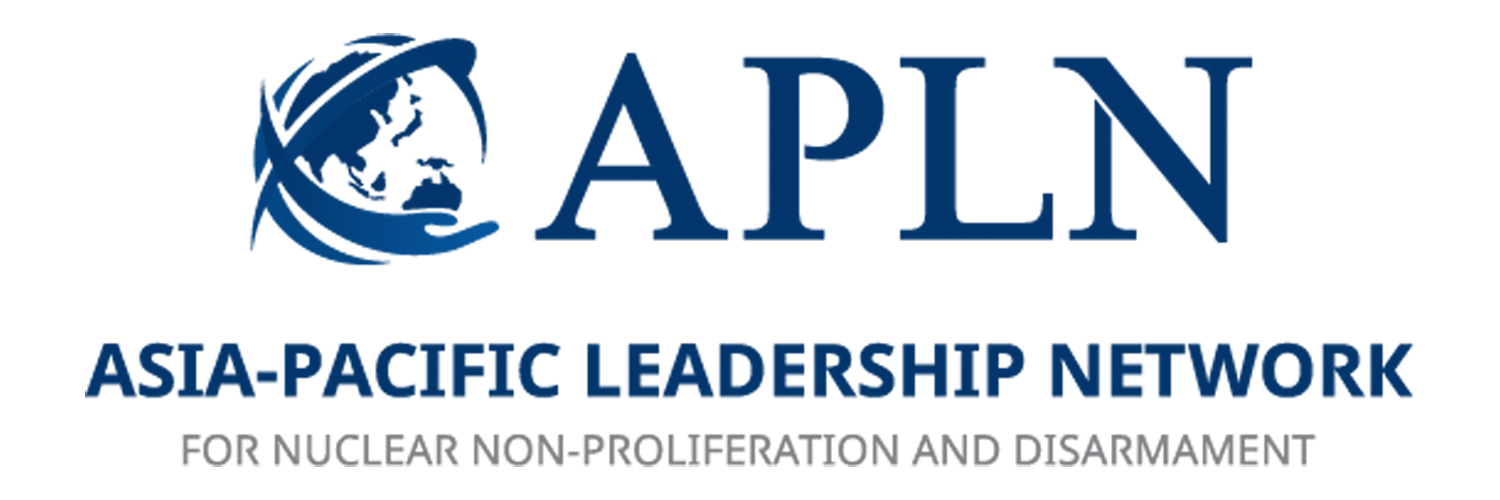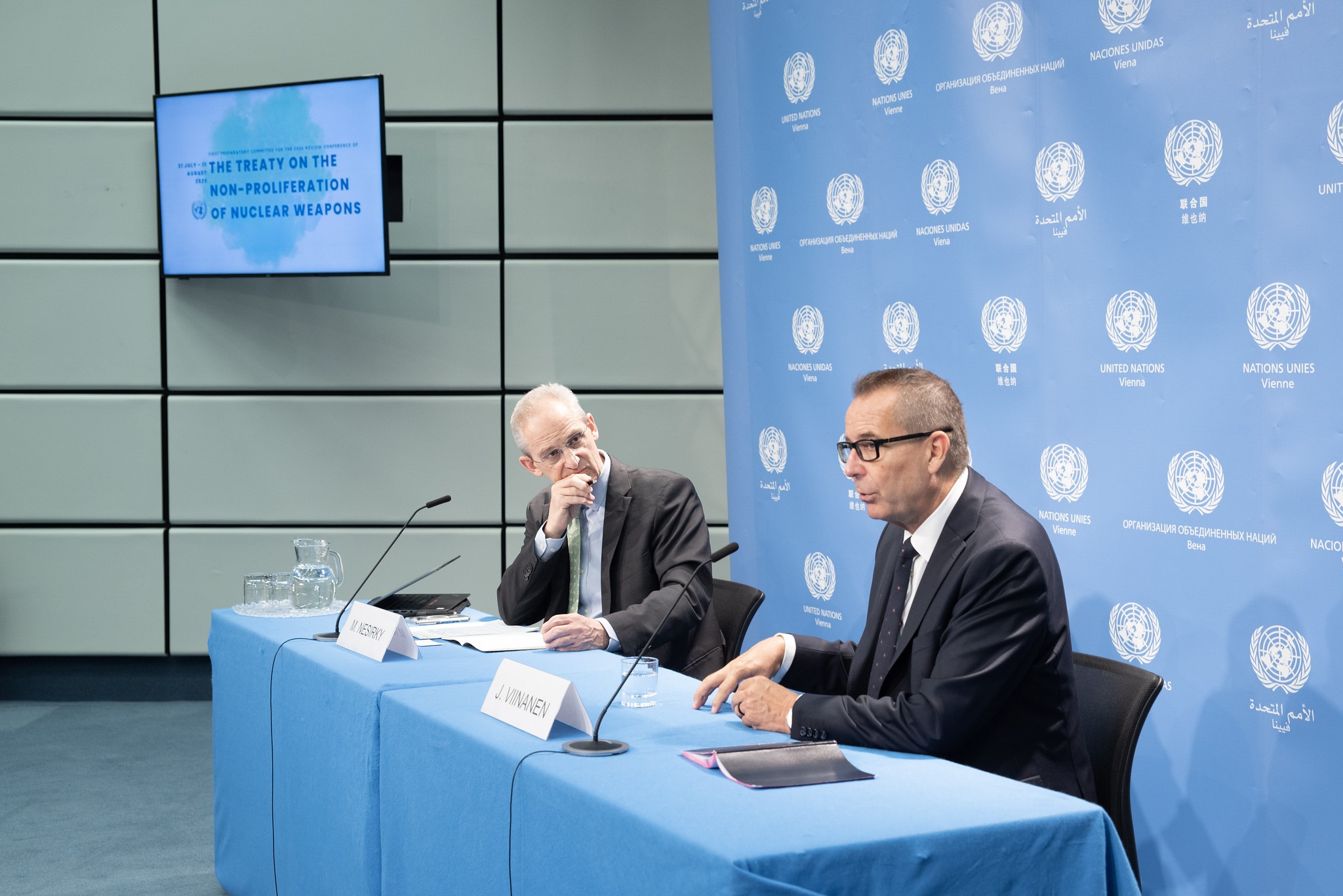A Glimmer of Hope for the Nuclear Non-Proliferation Treaty
At the end of last month, the second Preparatory Committee (PrepCom) for the 2026 Treaty on the Non-Proliferation of Nuclear Weapons (NPT) Review Conference (RevCon) was held in Geneva, following the failure of the 2022 NPT RevCon to produce a substantive outcome. Last year’s PrepCom was unprecedented, as the Chair was blocked from even issuing the Chair’s Summary, which had been prepared under the Chair’s authority, as a working paper. Consequently, most of the attention this year was focused on the fate of the Chair’s Summary, albeit with embarrassingly low expectations. The success or failure of the NPT review process depends on the political will of the States Parties, and while a Chair cannot dictate terms, their skill remains crucial. For example, the indefinite extension of the NPT in 1995 was largely due to the skill of then-Chair Dhanapala. Maintaining the Chair’s integrity is thus vital for the NPT review process.
In this regard, the fact that the PrepCom was able to return to the past practice of issuing the Chair’s Summary as a working paper is noteworthy, even though, as expected, there was no consensus on its contents. While this might not be seen as a positive outcome, as it merely represents a return to past practice rather than a step forward, it holds some significance considering the largely unchanged global geopolitical situation from last year, especially with Russia’s ongoing invasion of Ukraine, and the persistent difficulty in agreeing on the jurisdiction over the Zaporizhzhya Nuclear Power Plant, which was the main cause of Russia’s block at the 2022 RevCon. Once the precedent was set that past practices could be broken and the issuance of a working paper halted, the hurdle to do so again was much lower this year. In this context, returning to past practice was not necessarily as easy as it might have seemed.
This outcome reflects a broadly shared understanding among States Parties – both nuclear-weapon states (NWS) and non-nuclear-weapon states (NNWS) – that it was necessary to uphold the authority and integrity of the Chair as a minimum line for the review process to operate effectively, even if they were not entirely satisfied with the contents of the Chair’s Summary. It was a small step, but it demonstrated that diplomats still possess the ability to find common ground. Hopefully, this will continue to be the case as we approach the 2026 RevCon.
However, it is also true that while we were able to maintain the Chair’s integrity, this achievement merely marks a return to our original practice. Beyond this, there has been little notable progress. A PrepCom is not a forum for seeking consensus, but for deepening discussions and striving for a certain convergence of positions with the aim of reaching consensus at a RevCon. From this perspective, discussions on many issues, including the relationship between the Treaty on the Prohibition of Nuclear Weapons (TPNW) and the NPT, continued as before, with no clear convergence of positions among States Parties.
This time, what generated particularly lively discussion and very broad support was the strengthening of the review process. Although last year’s Working Group on this issue did not produce concrete results, the political momentum was not lost, and at this year’s PrepCom, a large number of States Parties continued to support strengthening the review process with concrete proposals. Notably, there was near consensus on the responsibility of NWS to ensure transparency and accountability on progress in nuclear disarmament, and broad support for creating a concrete mechanism to ensure this – such as setting up dedicated sessions on their national reports. However, China and Russia questioned the very idea of strengthening the review process in the first place, and while the United States supported the idea of dedicated sessions, it seemed reluctant to hold such sessions on a voluntary basis if not all NWS participated. Thus, despite strong support, there are no clear steps toward a consensus on a concrete roadmap.
There was a glimmer of hope at this PrepCom. Whether it turns into a beacon of hope depends on the efforts of States Parties going forward. The question for both the NWS and NNWS leading up to the 2026 RevCon is whether they can convert their will to maintaining the Chair’s integrity into a will to upholding the NPT regime under the current, challenging international geopolitical situation.
About the Author
Dr. Michiru Nishida is a Professor in the School of Global Humanities and Social Sciences and Deputy Director of the Research Center for Global Risk at Nagasaki University, and a Senior Research Adviser at the Asia-Pacific Leadership Network for Nuclear Non-Proliferation and Disarmament (APLN).
Disclaimer: The opinions articulated above represent the views of the author(s) and do not necessarily reflect the position of the Asia-Pacific Leadership Network or any of its members. APLN’s website is a source of authoritative research and analysis and serves as a platform for debate and discussion among our senior network members, experts, and practitioners, as well as the next generation of policymakers, analysts, and advocates. Comments and responses can be emailed to apln@apln.network.
Image: Chair-designate Ambassador Jarmo Viinanen (right) at the First PrepCom for the 2026 NPT RevCon (UNIS Vienna, Flickr)
This article was published in The Korea Times on 28 August 2024. You can find the original article here.

